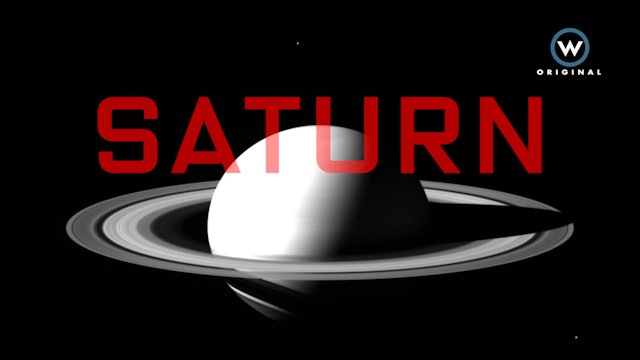Floating in Space
Wonder at the science of the final frontier— celestial objects, cosmic phenomena, and the vast reaches of mystery they inhabit. Visit other planets and the moon with long uninterrupted views taken from authentic NASA missions and imbued with 2.5D perspective.
-
Solar System
Immerse yourself in a captivating slow tv exploration of the Solar System, showcasing authentic images sourced from space agencies, harmonized with synth compositions from renowned musicians. Begin with our pivotal star and venture out across 3.7 billion miles, navigating each planet and their or...
-
Sun
The 4.6-billion year old fiery colossus is a near-perfect sphere of plasma that could fit a million Earths. For once, it's safe to stare. Imaging technology enables us to see many aspects of the Sun. This video contains the latest technology giving the highest resolution images of the star's surf...
-
Mercury
Visit Mercury, the smallest and innermost planet in the Solar System. Its orbit around the Sun takes 87.97 days, the shortest of all the planets in the Solar System. Named after the Roman deity Mercury, the messenger of the gods, Mercury has 'mercurial' temperature swings from extreme heat to ex...
-
Venus
Visit the second planet from the Sun, and our celestial neighbor. Venus is a world of extremes, where scorching heat and a toxic atmosphere reign supreme. The planet spins so slowly that a Venusian day is longer than a Venusian year. Its surface, adorned with thousands of volcanic peaks, is an in...
-
Earth
Home! Earth, the 3d planet from the Sun, formed 4.5 bya and weighs 6.58 billion trillion tons. Earth is not a perfect sphere, but an oblate spheroid, “squashed” a little at the North and South poles. The equatorial diameter is about 7,926 miles, but the polar diameter is 7,899.86 miles. Earth’s s...
-
Mars
Visit Mars, the fourth planet from the Sun and the second-smallest planet in the Solar System after Mercury. In English, Mars carries the name of the Roman god of war and is often referred to as the 'Red Planet'. The latter refers to the effect of the iron oxide prevalent on Mars' surface, which ...
-
Saturn
Visit Saturn, the 6th planet from the Sun and the 2nd-largest in the Solar System. The gas giant has over 80 moons and the most extensive ring system of any planet in the Solar System. It is more than 95 times the size than Earth, but only one-eighth as dense. It would float in a large enough poo...
-
Neptune
Visit Neptune, the 8th and farthest planet from the Sun. For this episode, the visualizations of Neptune and its moons were created using real images of the planet and its moons captured by NASA / Jet Propulsion Labs (JPL) at Caltech, projected onto 3D geometry. The planet and moons, and all the ...
-
Liftoff
A thrilling compilation of rocket launches transporting USA astronauts into space. A pure adrenaline rush extending from Project Mercury in 1958, through the Gemini Program, the Apollo Program, and the Space Shuttle Program. Such advances in space flight over the past 60 years have brought astron...
-
Apollo 11
Listen in as U.S. astronauts Neil Armstrong and Buzz Aldrin perform operations on the Moon. Apollo 11 was the first spaceflight to land humans on the Moon, touching down in the Apollo Lunar Module Eagle on July 20, 1969, at 20:17 UTC. Footage courtesy of the National Aeronautics and Space Adminis...
-
Apollo 15
Listen in as U.S. astronauts Neil Armstrong and Buzz Aldrin perform operations on the Moon for hours! Apollo 11 was the first spaceflight to land humans on the Moon, touching down in the Apollo Lunar Module Eagle on July 20, 1969, at 20:17 UTC. Footage courtesy of the National Aeronautics and Spa...


















